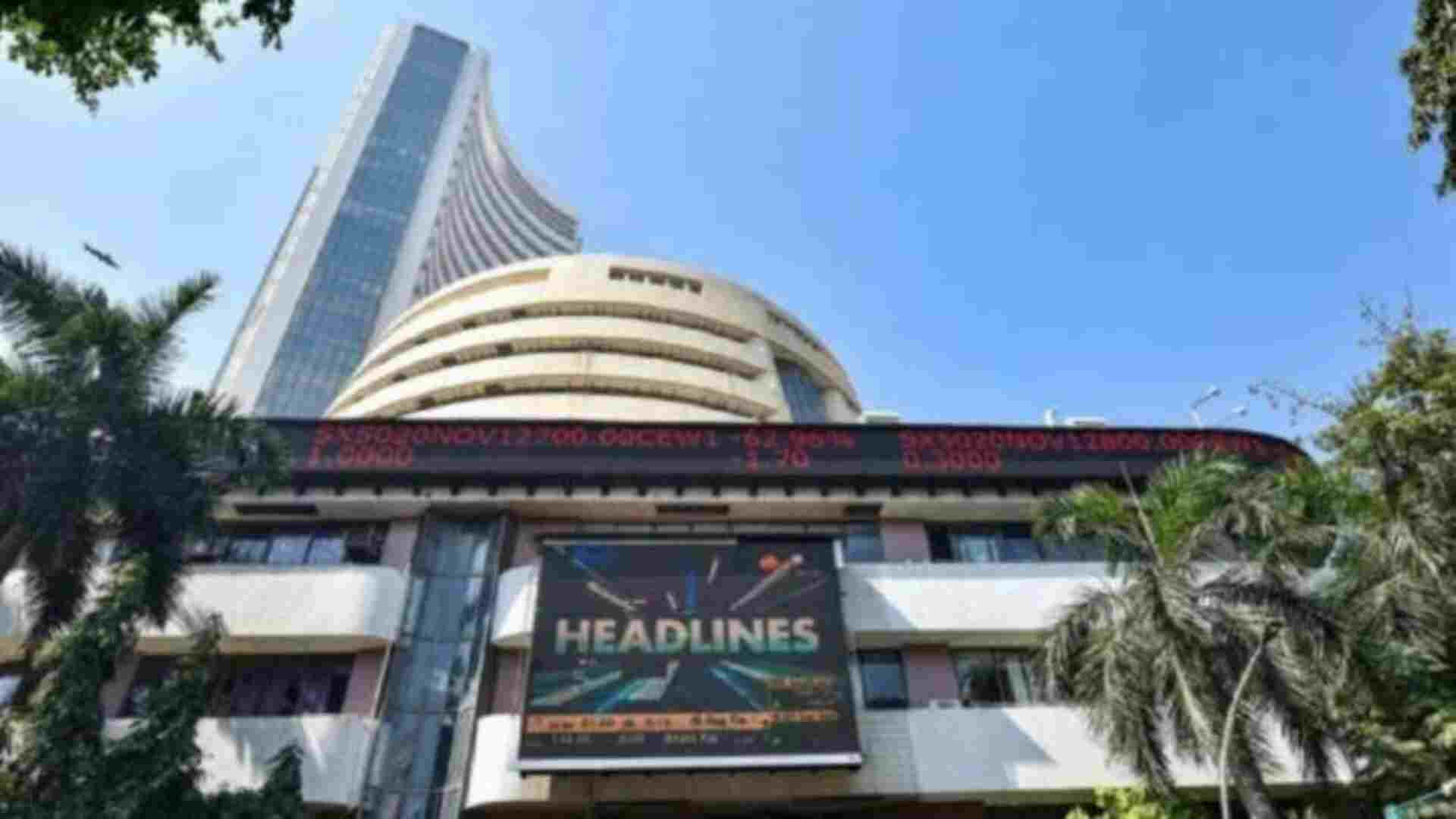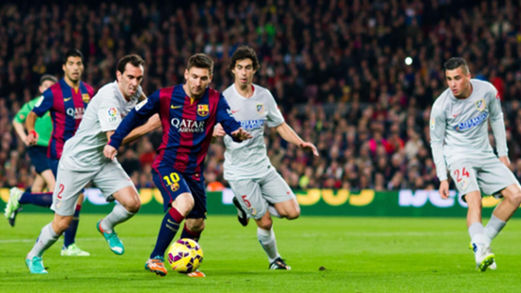As Prime Minister Modi embarks on his UN and US visit, it is interesting to see how he has pushed the Indian narrative of crisis management and handling over the last two years. Modi’s politics is not the politics of resentment, he does not speak of the rise of India as being propelled by the narrative of humiliation. When he speaks of India’s rise, he speaks of a benevolent rise, a rise with responsibility. Since March 2020, amidst many a dire prediction of India reaching the nadir in her struggle with the pandemic, Modi’s politics of aspiration, of India’s benevolent rise has triumphed. This has been attracting global recognition.
Public intellectual, S. Gurumurthy has argued that now, ‘India’s stature has altered to its advantage and the global structure and its perception about India too have changed…The investment India has made in its democratic institutions and rule of law is now both a matter of global attention and attraction.’ This rule of law, under Modi, has not been a coercive right denying approach, it has based itself on a sense of duty rather than being only a clamour for rights.
It is interesting to note, that much before some of the leading global minds discussed the effects of the pandemic and its impact on a global re-ordering Modi had already articulated India’s position. At a time when the pandemic had hit, when confusion prevailed globally on how to handle it and when the narrative of isolationism and disconnectedness hit the stands India’s position was perhaps the most nuanced and farseeing. Prime Minister Modi had said, that the pandemic ‘does not see race, religion, colour, caste, creed, language or border before striking’ and that ‘our response and conduct thereafter should attach primacy to unity and brotherhood. We are in this together.’ Modi argued that ‘unlike previous moments in history, when countries or societies faced off against each other, today we are together facing a common challenge. The future will be about togetherness and resilience.’ It is instructive to understand this against the canvas of the ongoing global discourse on re-ordering.
PM Modi’s emphasis on the need to put human beings at the centre of the vision for global prosperity, his insistence that there should be a free and ‘open sharing of the benefits of medical research and development, of the need to develop adaptive, responsive and humane health care systems, evolve new crisis management protocols and procedures for an interconnected global village’ and the need for reforming intergovernmental organisations like WHO, was the first such a clear articulation of the future re-ordering, the world after the pandemic-inflexion point. It was also becoming clear that the East had performed better in terms of handling the pandemic and addressing the multi-dimensional complexities arising from it. After this stand was articulated, one saw thinkers like Henry Kissinger and Joseph Nye take a similar line. While Nye spoke of the need for the United States to ‘launch a massive COVID-19 aid program— a medical version of the Marshall Plan, Kissinger argued that leaders must choose a path of cooperation that ‘leads towards international resilience’ against such global crises in the present and in the future. Nye also spoke of the need for leaders to articulate ‘the importance of power with rather than over others and set up bilateral and multilateral frameworks to enhance cooperation. In Nye’s framework a ‘cooperative and soft-power enhancing policies’ could create a ‘geopolitical path to a better world.’ India’s insistence, since the early days of the pandemic, had already been this— the need for a cooperative, soft-power enhancing, multilateral, synergized and resilient framework.
Modi has also been repeatedly speaking of the Asian century. One had heard of the rise of the East, or narrative of the Asian century, in the past, when vast tracts of Asia were under colonial subjection, material exploitation and cultural subjugation. PM Modi’s reference to the 21st century being the Asian century, in the present context, needs to be read against the backdrop of Asia on the verge of a major shift eastward post pandemic.
Francis Fukuyama, for instance, has spoken of the continuing shift of the ‘global distribution of power’ eastward, since ‘East Asia had done better at managing the situation than Europe and Asia.’ Diplomat scholar Kishore Mahbubani, for instance, argued that the ‘deference to Western societies, which was the norm in the 19th and 20th centuries’ will be replaced by ‘a growing respect and admiration for East Asian ones.’ As Gurumurthy too has argued, ‘Covid 19 has exposed the hollowness of assumptions of the world order based on Western experiences which were experimented on the Rest from 1990s.’ Singapore Prime Minister Lee Hseing Loon has also joined PM Modi in speaking of an ‘Asian century.’ The pandemic, Mahbubani, argues, could ‘mark the start of the Asian century.’ In a post Covid order, Asia will be looked upon as a role model, he observes, ‘not only for how to handle a pandemic but how to govern more generally.’
That governance was carried on with and not just managed, despite gargantuan pressures of a once-in-a-century pandemic, was best seen in an India under its onslaught. Economic recovery, mega infrastructural push, the ushering in of a futuristic and transformative national education policy, the time-bound development of a vaccine and the humongous effort to administer it to a massive and varied population, the handling of the oxygen supply dimension, among other things, perfectly demonstrated Asian resilience and one-pointedness in times of acute crisis. Ultimately the examples that will define and represent the Asian century will be examples that have been successful and transformative in an inherently and unshakably democratic environment, driven by synergy, national cohesion and inspiration, brought forth by the sense of collective duty and shorn of any hectoring and coerciveness. In all of these India is bound to stand out. Among the eastern countries, India’s handling of pandemic, in a most varied and complex setting, her reaching out to countries across the region and developing a web of cooperation, is another dimension that stands out.
American journalist and author, James Traub, for instance, argued that Asian democracies show that ‘citizens can surrender some’ of their ‘freedom without sacrificing fundamental political rights.’ In India’s handling of the pandemic, freedom remained intact, and the sense of civic responsibility and commitment grew, while fundamental political rights remained undiluted and protected. Those who have peddled the ‘dictator’ Modi narrative, directly or indirectly, or had thought that the pandemic would offer an ‘ideal’ opportunity to prove their thesis right, were disappointed. In their unrelenting opposition to Modi, they failed to spot the actual dictators, the failing democracies and the faltering republics.
In the global re-ordering that is now in the offing and in the unmistakable shift eastward, the compass also points India-ward. As PM Modi embarks on his US tour, the first since the re-ordering began, these dimensions are emerging with certainty.
Anirban Ganguly is director, Dr Syama Prasad Mookerjee Research Foundation, New Delhi. The views expressed are personal.
PM Modi has also been repeatedly speaking of the Asian century. One had heard of the rise of the East, or narrative of the Asian century, in the past, when vast tracts of Asia were under colonial subjection, material exploitation and cultural subjugation. PM Modi’s reference to the 21st century being the Asian century, in the present context, needs to be read against the backdrop of Asia on the verge of a major shift eastward post pandemic.






